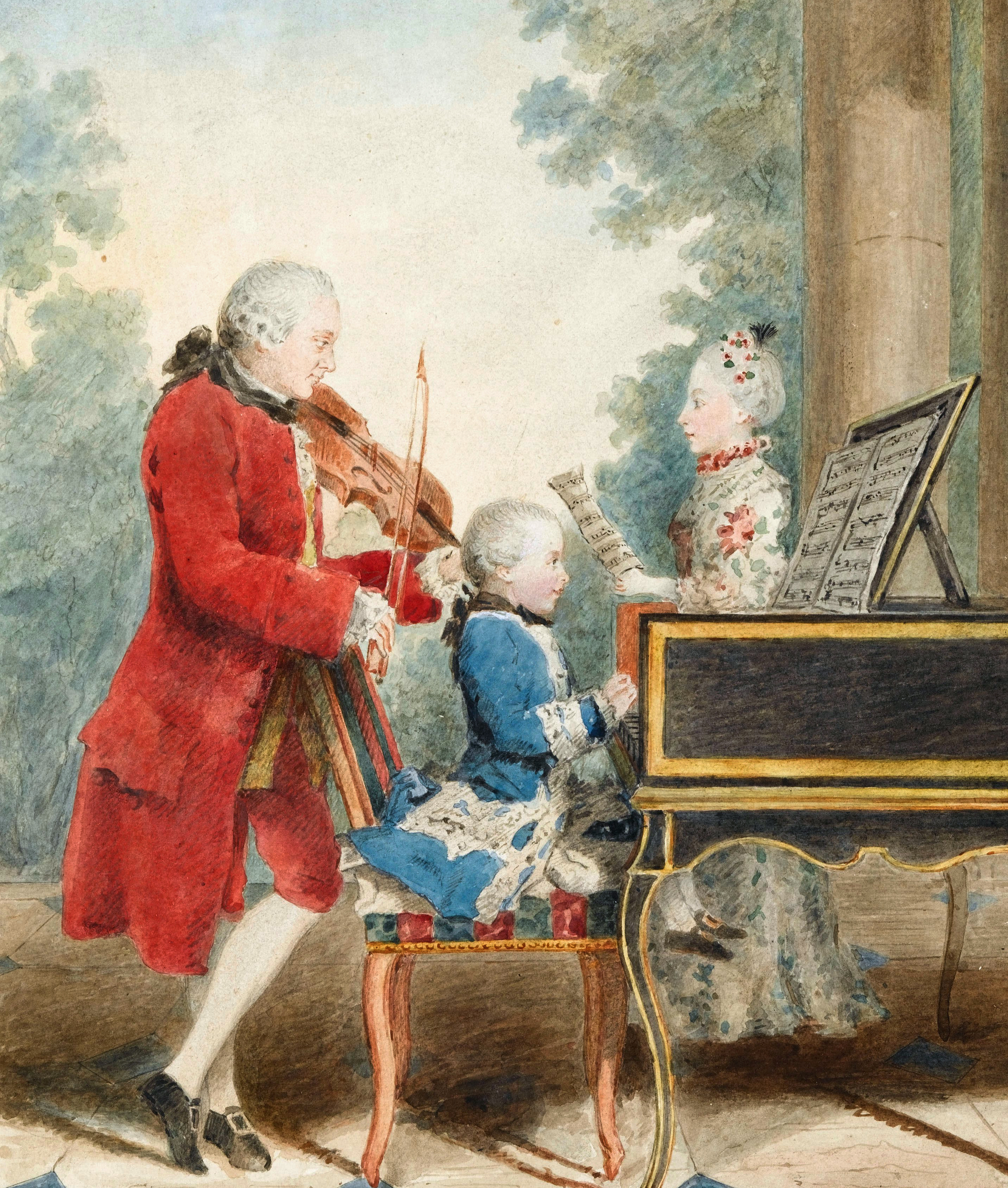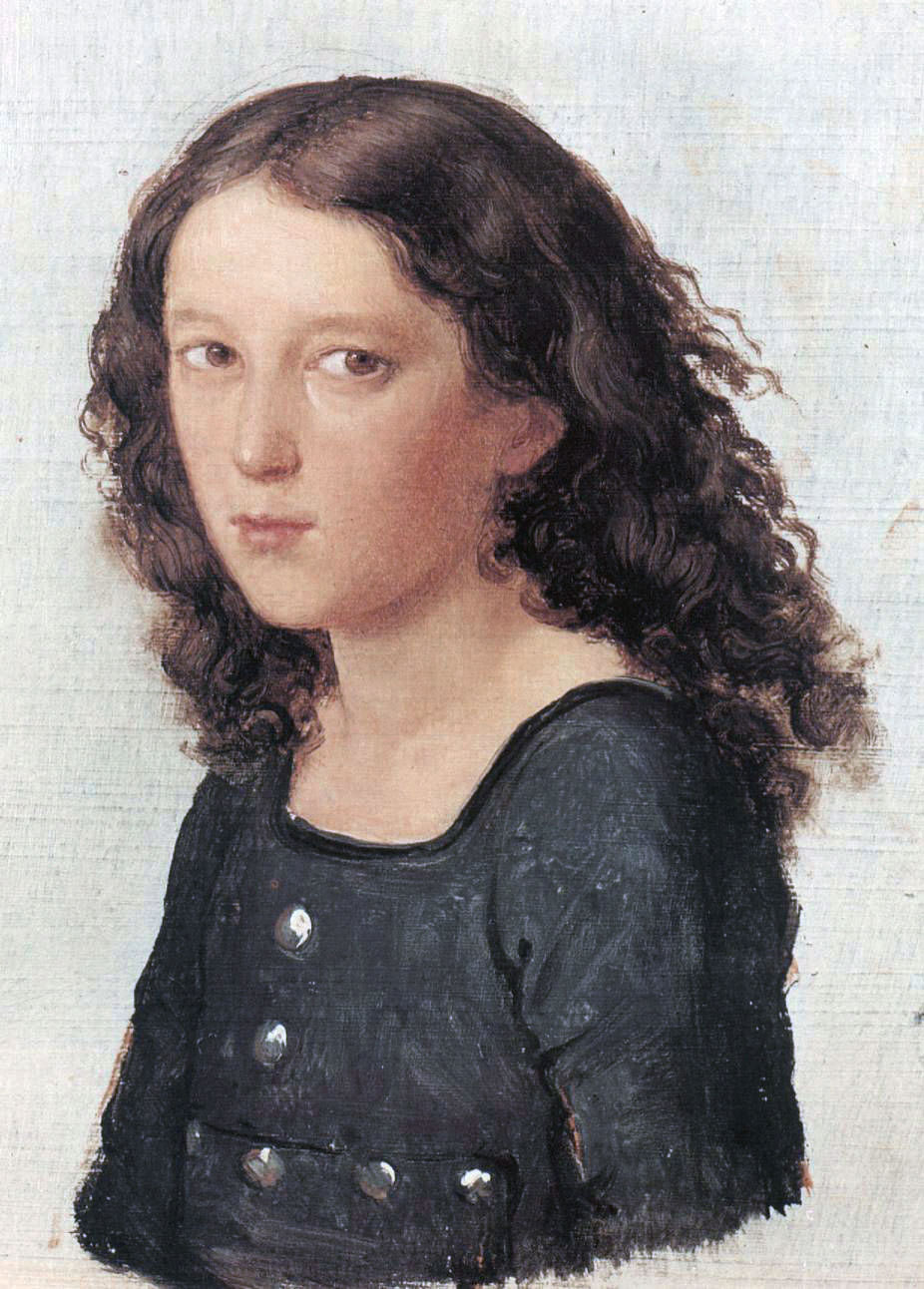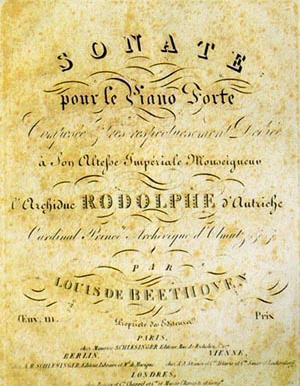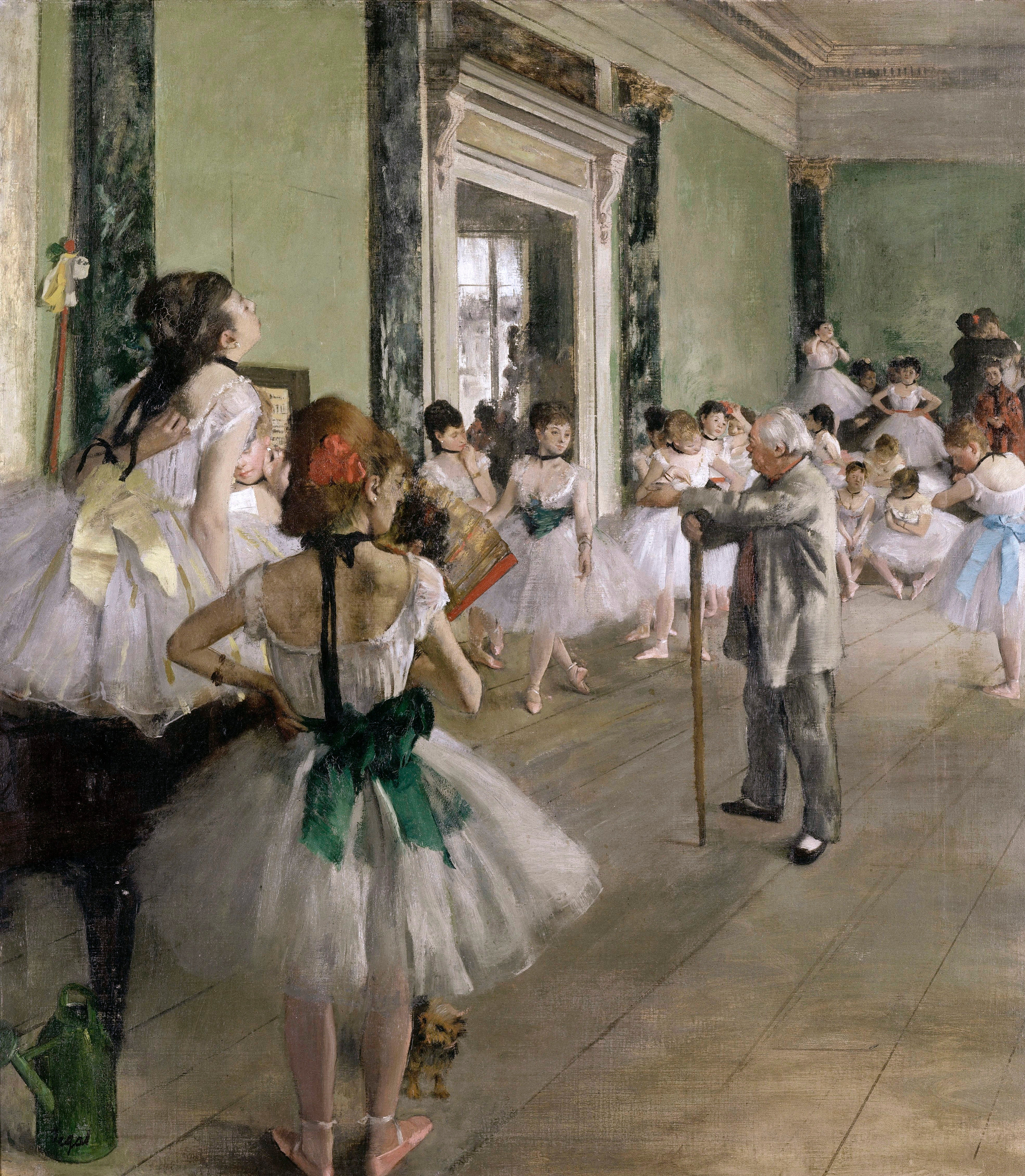|
Opus Number
In music, the opus number is the "work number" that is assigned to a musical composition, or to a set of compositions, to indicate the chronological order of the composer's publication of that work. Opus numbers are used to distinguish among compositions with similar titles; the word is abbreviated as "Op." for a single work, or "Opp." when referring to more than one work. Opus numbers do not necessarily indicate chronological order of composition. For example, posthumous publications of a composer's juvenilia are often numbered after other works, even though they may be some of the composer's first completed works. To indicate the specific place of a given work within a music catalogue, the opus number is paired with a cardinal number; for example, Beethoven's Piano Sonata No. 14 in C-sharp minor (1801, nicknamed ''Moonlight Sonata'') is "Opus 27, No. 2", whose work-number identifies it as a companion piece to "Opus 27, No. 1" ( Piano Sonata No. 13 in E-flat major, 1800 ... [...More Info...] [...Related Items...] OR: [Wikipedia] [Google] [Baidu] |
Musicology
Musicology is the academic, research-based study of music, as opposed to musical composition or performance. Musicology research combines and intersects with many fields, including psychology, sociology, acoustics, neurology, natural sciences, formal sciences and computer science. Musicology is traditionally divided into three branches: music history, systematic musicology, and ethnomusicology. Historical musicologists study the history of musical traditions, the origins of works, and the biographies of composers. Ethnomusicologists draw from anthropology (particularly field research) to understand how and why people make music. Systematic musicology includes music theory, aesthetics, pedagogy, musical acoustics, the science and technology of musical instruments, and the musical implications of physiology, psychology, sociology, philosophy and computing. Cognitive musicology is the set of phenomena surrounding the cognitive modeling of music. When musicologists carry out ... [...More Info...] [...Related Items...] OR: [Wikipedia] [Google] [Baidu] |
Classical Period (music)
The Classical period was an era of classical music between roughly 1750 and 1820. The classical period falls between the Baroque music, Baroque and Romantic music, Romantic periods. It is mainly Homophony, homophonic, using a clear melody line over a subordinate chordal accompaniment,Friedrich Blume, Blume, Friedrich. ''Classic and Romantic Music: A Comprehensive Survey''. New York: W. W. Norton, 1970 but counterpoint was by no means forgotten, especially in liturgical vocal music and, later in the period, secular instrumental music. It also makes use of ''Galant music, style galant'' which emphasizes light elegance in place of the Baroque's dignified seriousness and impressive grandeur. Variety and contrast within a piece became more pronounced than before, and the orchestra increased in size, range, and power. The harpsichord declined as the main keyboard instrument and superseded by the piano (or fortepiano). Unlike the harpsichord, which plucks strings with quills, pianos s ... [...More Info...] [...Related Items...] OR: [Wikipedia] [Google] [Baidu] |
Symphony No
A symphony is an extended musical composition in Western classical music, most often for orchestra. Although the term has had many meanings from its origins in the ancient Greek era, by the late 18th century the word had taken on the meaning common today: a work usually consisting of multiple distinct sections or movements, often four, with the first movement in sonata form. Symphonies are almost always scored for an orchestra consisting of a string section (violin, viola, cello, and double bass), brass, woodwind, and percussion instruments which altogether number about 30 to 100 musicians. Symphonies are notated in a musical score, which contains all the instrument parts. Orchestral musicians play from parts which contain just the notated music for their own instrument. Some symphonies also contain vocal parts (e.g., Beethoven's Ninth Symphony, or Mahler's Second Symphony). Etymology and origins The word ''symphony'' is derived from the Greek word (), meaning ... [...More Info...] [...Related Items...] OR: [Wikipedia] [Google] [Baidu] |
Symphony
A symphony is an extended musical composition in Western classical music, most often for orchestra. Although the term has had many meanings from its origins in the ancient Greek era, by the late 18th century the word had taken on the meaning common today: a work usually consisting of multiple distinct sections or movement (music), movements, often four, with the first movement in sonata form. Symphonies are almost always scored for an orchestra consisting of a string section (violin, viola, cello, and double bass), Brass instrument, brass, Woodwind instrument, woodwind, and Percussion instrument, percussion Musical instrument, instruments which altogether number about 30 to 100 musicians. Symphonies are notated in a Full score, musical score, which contains all the instrument parts. Orchestral musicians play from parts which contain just the notated music for their own instrument. Some symphonies also contain vocal parts (e.g., Ludwig van Beethoven, Beethoven's Symphony No. 9 (B ... [...More Info...] [...Related Items...] OR: [Wikipedia] [Google] [Baidu] |
Felix Mendelssohn
Jakob Ludwig Felix Mendelssohn Bartholdy (3 February 18094 November 1847), widely known as Felix Mendelssohn, was a German composer, pianist, organist and conductor of the early Romantic music, Romantic period. Mendelssohn's compositions include symphony, symphonies, concertos, piano music, organ music and chamber music. His best-known works include the Overture#Concert overture, overture and incidental music for ''A Midsummer Night's Dream (Mendelssohn), A Midsummer Night's Dream'' (which includes his "Wedding March (Mendelssohn), Wedding March"), the ''Symphony No. 4 (Mendelssohn), Italian'' and ''Symphony No. 3 (Mendelssohn), Scottish'' Symphonies, the oratorios ''St. Paul (oratorio), St. Paul'' and ''Elijah (oratorio), Elijah'', the ''The Hebrides (overture), Hebrides'' Overture, the mature Violin Concerto (Mendelssohn), Violin Concerto, the Octet (Mendelssohn), String Octet, and the melody used in the Christmas carol "Hark! The Herald Angels Sing". Mendelssohn's ''Songs W ... [...More Info...] [...Related Items...] OR: [Wikipedia] [Google] [Baidu] |
Catalogues Of Beethoven Compositions
The catalogues of Beethoven compositions are all of the different ways in which the musical compositions by Ludwig van Beethoven have been organized by researchers into his music. The problem Most of Beethoven's best known works were published with opus numbers, with which they may be reliably identified. Another 228 works are designated WoO ( – literally,"works without an opus number"), among them unpublished early and occasional works ( Cantata on the Death of Emperor Joseph II, WoO 87), published variations and folksong arrangements ( 25 Irish Songs, WoO 152), posthumous publications ("", WoO 59), and a number of unfinished works. The WoO list was extended but still left unaccounted for many fragments and sketches as well as numerous cases of uncertain attribution. The catalogues described here are attempts to organize and identify with precision all of these works in ways that are useful to musicologists, musicians, and the listening public. Opus number The traditional ... [...More Info...] [...Related Items...] OR: [Wikipedia] [Google] [Baidu] |
String Quartets Nos
String or strings may refer to: *String (structure), a long flexible structure made from threads twisted together, which is used to tie, bind, or hang other objects Arts, entertainment, and media Films * Strings (1991 film), ''Strings'' (1991 film), a Canadian animated short * Strings (2004 film), ''Strings'' (2004 film), a film directed by Anders Rønnow Klarlund * Strings (2011 film), ''Strings'' (2011 film), an American dramatic thriller film * Strings (2012 film), ''Strings'' (2012 film), a British film by Rob Savage * ''Bravetown'' (2015 film), an American drama film originally titled ''Strings'' * ''The String'' (2009), a French film Music Instruments * String (music), the flexible element that produces vibrations and sound in string instruments * String instrument, a musical instrument that produces sound through vibrating strings ** List of string instruments * String piano, a pianistic extended technique in which sound is produced by direct manipulation of the strings, r ... [...More Info...] [...Related Items...] OR: [Wikipedia] [Google] [Baidu] |
Ludwig Van Beethoven
Ludwig van Beethoven (baptised 17 December 177026 March 1827) was a German composer and pianist. He is one of the most revered figures in the history of Western music; his works rank among the most performed of the classical music repertoire and span the Transition from Classical to Romantic music, transition from the Classical period (music), Classical period to the Romantic music, Romantic era. His early period, during which he forged his craft, is typically considered to have lasted until 1802. From 1802 to around 1812, his middle period showed an individual development from the styles of Joseph Haydn and Wolfgang Amadeus Mozart, and is sometimes characterised as heroic. During this time, Beethoven began to grow increasingly Hearing loss, deaf. In his late period, from 1812 to 1827, he extended his innovations in musical form and expression. Born in Bonn, Beethoven displayed his musical talent at a young age. He was initially taught intensively by his father, Johann van Bee ... [...More Info...] [...Related Items...] OR: [Wikipedia] [Google] [Baidu] |
Joseph Haydn
Franz Joseph Haydn ( ; ; 31 March 173231 May 1809) was an Austrian composer of the Classical period (music), Classical period. He was instrumental in the development of chamber music such as the string quartet and piano trio. His contributions to musical form have led him to be called "Father of the Symphony" and "Father of the String quartet". Haydn arose from humble origins, the child of working people in a rural village. He established his career first by serving as a chorister at St. Stephen's Cathedral, Vienna, then through an arduous period as a freelance musician. Eventually he found career success, spending much of his working life as Kapellmeister, music director for the wealthy Esterházy family at their palace of Eszterháza in rural Hungary. Though he had his own orchestra there, it isolated him from other composers and trends in music so that he was, as he put it, "forced to become original". During this period his music circulated widely in publication, eventuall ... [...More Info...] [...Related Items...] OR: [Wikipedia] [Google] [Baidu] |
String Quartet
The term string quartet refers to either a type of musical composition or a group of four people who play them. Many composers from the mid-18th century onwards wrote string quartets. The associated musical ensemble consists of two Violin, violinists, a Viola, violist, and a Cello, cellist. The string quartet was developed into its present form by the Austrian composer Joseph Haydn, whose works in the 1750s established the ensemble as a group of four more-or-less equal partners. Since that time, the string quartet has been considered a prestigious form; writing for four instruments with broadly similar characteristics both constrains and tests a composer. String quartet composition flourished in the Classical music era, Classical era, and Wolfgang Amadeus Mozart, Mozart, Ludwig van Beethoven, Beethoven and Franz Schubert, Schubert each wrote a number of them. Many Romantic era music, Romantic and 20th-century classical music, early-twentieth-century composers composed string quarte ... [...More Info...] [...Related Items...] OR: [Wikipedia] [Google] [Baidu] |
Ballet
Ballet () is a type of performance dance that originated during the Italian Renaissance in the fifteenth century and later developed into a concert dance form in France and Russia. It has since become a widespread and highly technical form of dance with Glossary of ballet, its own vocabulary. Ballet has been influential globally and has defined the foundational ballet technique, techniques which are used in many other dance genres and cultures. Various schools around the world have incorporated their own cultures. As a result, ballet has evolved in distinct ways. A ''ballet'' as a unified work of art, work comprises the choreography (dance), choreography and music for a ballet production. Ballets are choreographed and performed by trained ballet dancers. Traditional classical ballets are usually performed with classical music accompaniment and use elaborate costumes and staging, whereas modern ballets are often performed in simple costumes and without elaborate sets or scenery ... [...More Info...] [...Related Items...] OR: [Wikipedia] [Google] [Baidu] |







